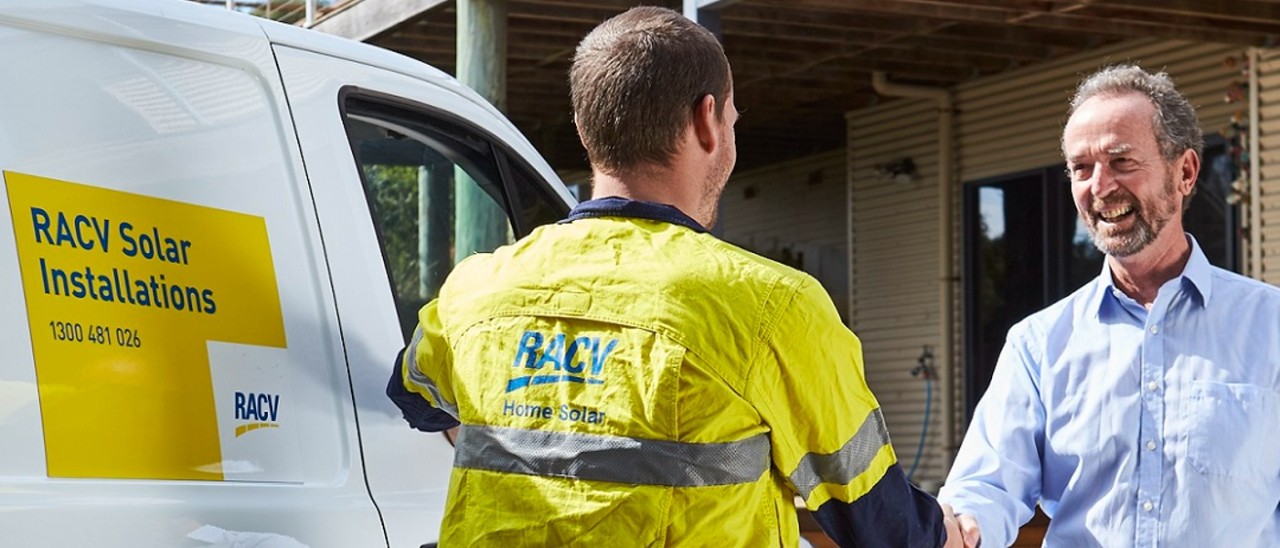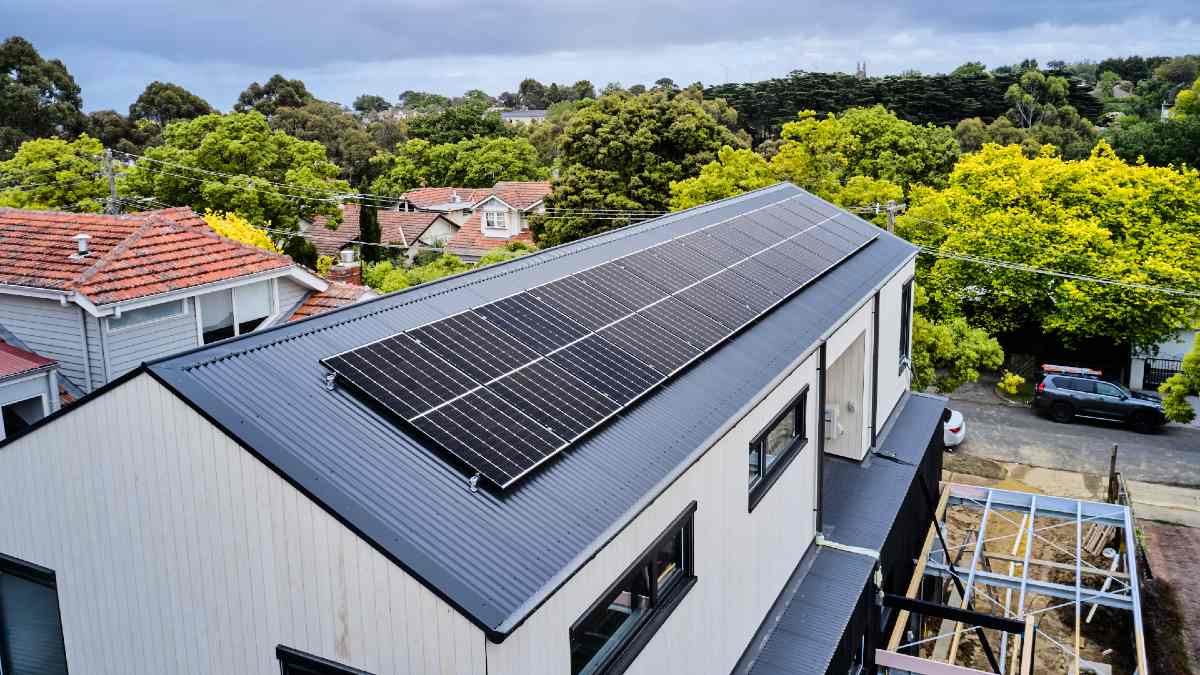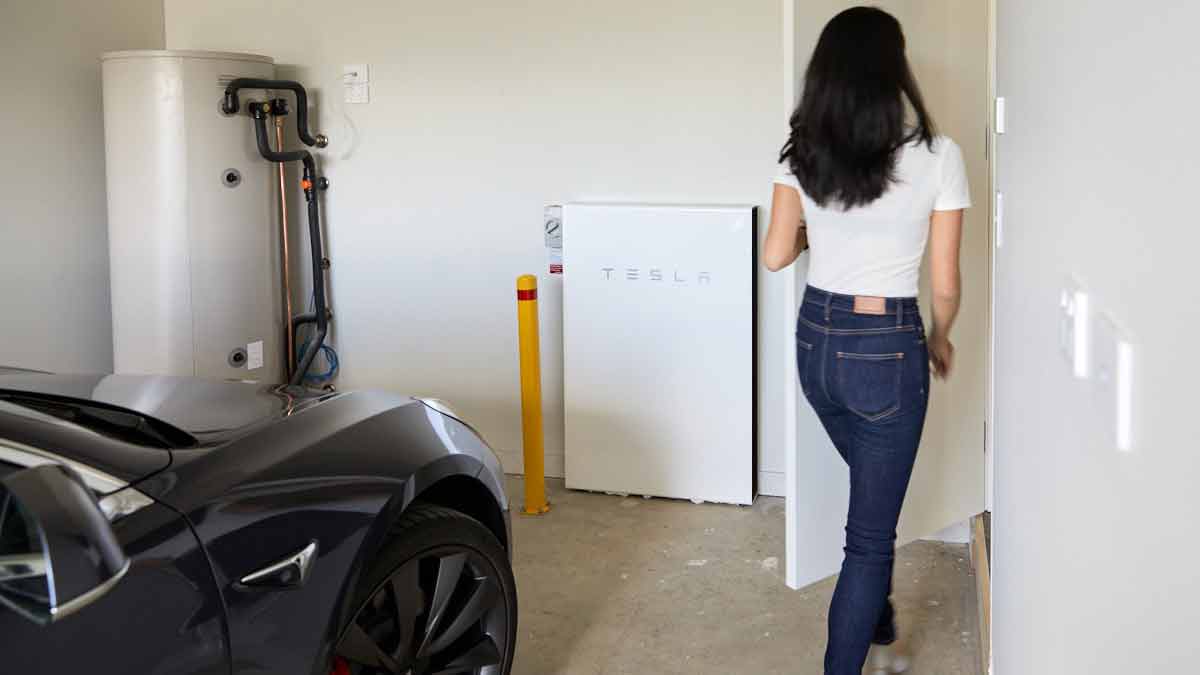Many Victorians now know about solar systems for households. But what is a solar feed-in tariff, and how could it benefit your energy bills?
What to consider when upgrading your solar power system

The end of premium and minimum solar feed-in tariffs represents a shift in the financial landscape for solar energy users, but it also presents an opportunity to reassess and optimise your solar energy system.
The Victorian premium feed-in tariff (PFiTs), a significant solar feed-in tariff of 60 cents per kilowatt-hour, ended on 1 November 2024. In addition, as of 1 July 2025, the Essential Services Commission (ESC) will no longer set minimum feed-in tariffs. This means that electricity retailers may now set their own feed-in tariffs, making it crucial for solar energy users affected by these changes to strategise for the future.
By understanding your current situation, exploring alternative incentives, and adjusting your energy consumption, you can continue to benefit from your solar investment.
You can also investigate the possibility of upgrading to a new solar system and research the benefits of installing a high-quality solar battery to store your excess power and help reduce energy bills.
Upgrading your solar system: what to consider
Assess your solar situation
With the premium feed-in tariff ended, and minimum solar feed-in tariffs no longer set by the Essential Services Commission (ESC), electricity retailers may now set their own feed-in tariffs.
It’s worth shopping around to ensure that you are getting the best rate for your household. When choosing a solar provider, consider flat-rate versus time-varying rates, peak and off-peak rates, and any supply charges.
Review your current solar system
The premium feed-in tariff scheme was for households with small-scale solar systems of 5kW or less. PFiT-era systems are considered relatively small by modern standards, with most households consuming more than what a small solar system size can deliver.
It may be worthwhile to upgrade your solar system in time for summer to a newer and/or larger model to better meet your household’s energy demands. An older system's inverter will most likely be out of warranty as well. If it fails, you'll need to weigh up replacing an inverter and still having older panels, or replacing the entire system.
A new solar system will also be in line with the latest technology and come with updated warranties. Solar panels today are more efficient than panels a decade ago, providing better return on your investment. Fewer panels are required to maximize energy output. While older solar panels can lose the majority of their output capability, good-quality solar panels can now retain their efficiency over the course of their lifetime.
At the moment, RACV Solar estimates $1,200 annual savings on power bills with a 6.6kW solar system. A new system with all-new warranties could be paid back in four to five years. Not only has the price of solar systems decreased in recent years but the quality of components and panel efficiency have increased, with improvements in the capacity of solar systems to generate electricity.
Certain systems can also accommodate a solar battery, electric vehicle charging, or all-electric appliances such as induction stovetops.

It might be time to upgrade your solar system. Image: Matt Harvey
Adapt your solar usage
You may benefit financially from adjusting your energy usage habits. Your main energy-consuming appliances are heating/cooling and hot water. Consider pre-heating or –cooling your house before you get home using a reverse-cycle air conditioner. Heating your hot water during the day with solar electricity via an electric or heat pump hot water system could lower your energy bills.
You could also set your dishwasher, washing machine and pool pump to run during the day to consume solar energy. But don’t run all your appliances at once – stagger them throughout the day to maximise solar use.
Consider solar battery storage
It may be more advantageous to store excess electricity with a solar battery rather than feed it into the grid. Some solar batteries can even provide power during blackouts. This will decrease your reliance on the grid and help reduce your energy bills.
Your solar system's inverter will need to be compatible with a solar battery, as you need a hybrid inverter.

Installing a solar battery can preserve power to use on your appliances. Image: Matt Harvey
Think about going all-electric
Switching your appliances from gas to electricity can maximise your solar energy use. Many Victorians are also creating all-electric homes in their new builds. Using solar electricity (or even grid electricity) can sometimes be cheaper than using bottled or town gas.
Explore financial benefits
Even though premium FiTs have ended, other financial incentives might still be available. Look into options such as retailer-specific feed-in tariff rates, virtual power plants (VPPs) for solar batteries, green loans, rebates and government grants.


